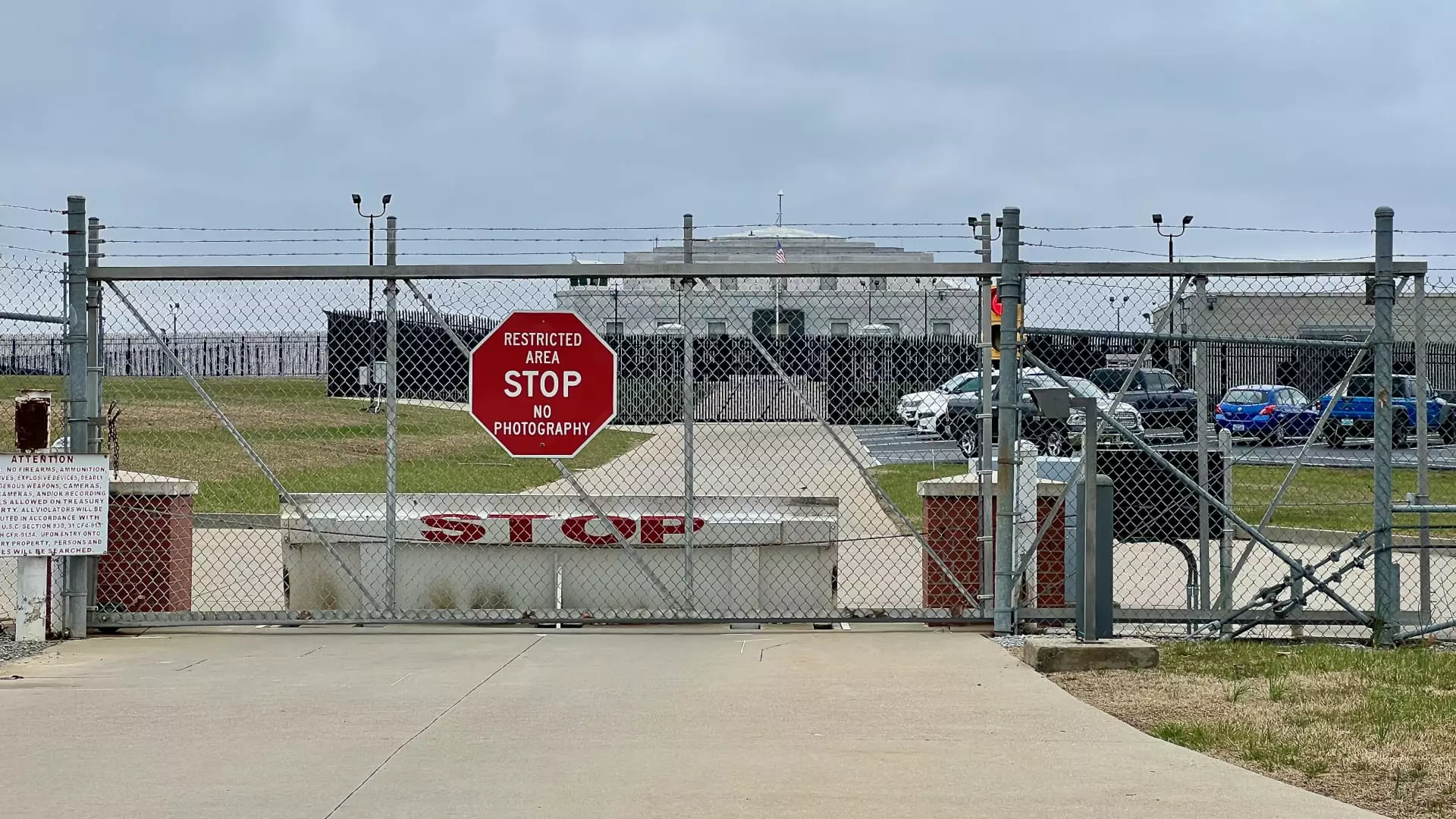In a surprising announcement, President Donald Trump suggested that his administration would undertake an audit of the United States’ gold reserves housed at Fort Knox, Kentucky. This decision reflects a growing wave of skepticism surrounding the government’s claims about one of the most secure gold storage facilities in the world. Trump’s statement aboard Air Force One has reignited long-standing conspiracy theories questioning the actual quantity of gold safeguarded within the fort’s formidable walls. Given the historical context of these theories and the significance of such an audit, the implications can extend far beyond mere numbers.
The call for transparency regarding Fort Knox has gained momentum, particularly catalyzed by comments from influential figures like Elon Musk, who have highlighted the need for scrutiny of the government’s assurances about its gold holdings. This concern is not unfounded; the Treasure Department publicly cites an astonishing 147 million ounces of gold stored at Fort Knox, but how many Americans are genuinely convinced of these claims? Companies and investors alike, such as Alamos Gold CEO John McCluskey, are expressing support for an audit, suggesting that verifying the presence of the nation’s gold could restore trust with the public and investors alike.
Moreover, the relationship between the government’s financial health and its gold reserves cannot be understated. While Treasury Secretary Scott Bessent has reassured the public that the gold is audited annually and remains “present and accounted for,” a more vigorous and transparent examination may quell fears of mismanagement and bolster confidence in the economic system.
Treasury officials have reiterated that the gold held at Fort Knox is indeed there, a sentiment echoed by former Treasury Secretary Steven Mnuchin. Yet, the current legal pricing of gold, fixed at $42 per ounce since 1973, is increasingly disconnected from market realities, as evidenced by the recent spike in spot gold prices to record highs, reaching over $2,900 per ounce. This gap between book value and market value introduces complexities. If a thorough audit were undertaken, it could lead not only to the reaffirmation of physical gold holdings but also to a reevaluation of how these reserves affect U.S. monetary policy.
The speculative environment in gold markets, compounded by rising prices, is pushing investors to consider how an audit may influence future financial stability. The notion of “monetizing the asset side of the U.S. balance sheet” suggests a paradigm shift in how the government might leverage its assets for greater economic benefit.
The proposed audit of Fort Knox signifies more than a simple inquiry into gold reserves; it represents a critical moment for government transparency and public trust. As skepticism lingers around the integrity of financial reporting, the demand for an audit could serve as a pivotal step in aligning government financial practices with modern economic expectations. Ultimately, whether this initiative will enhance confidence or provoke further doubts about America’s fiscal solidity remains to be seen. The conversation initiated by Trump’s remarks, combined with broader public interest, may indeed lay the groundwork for a more transparent and accountable financial future.

